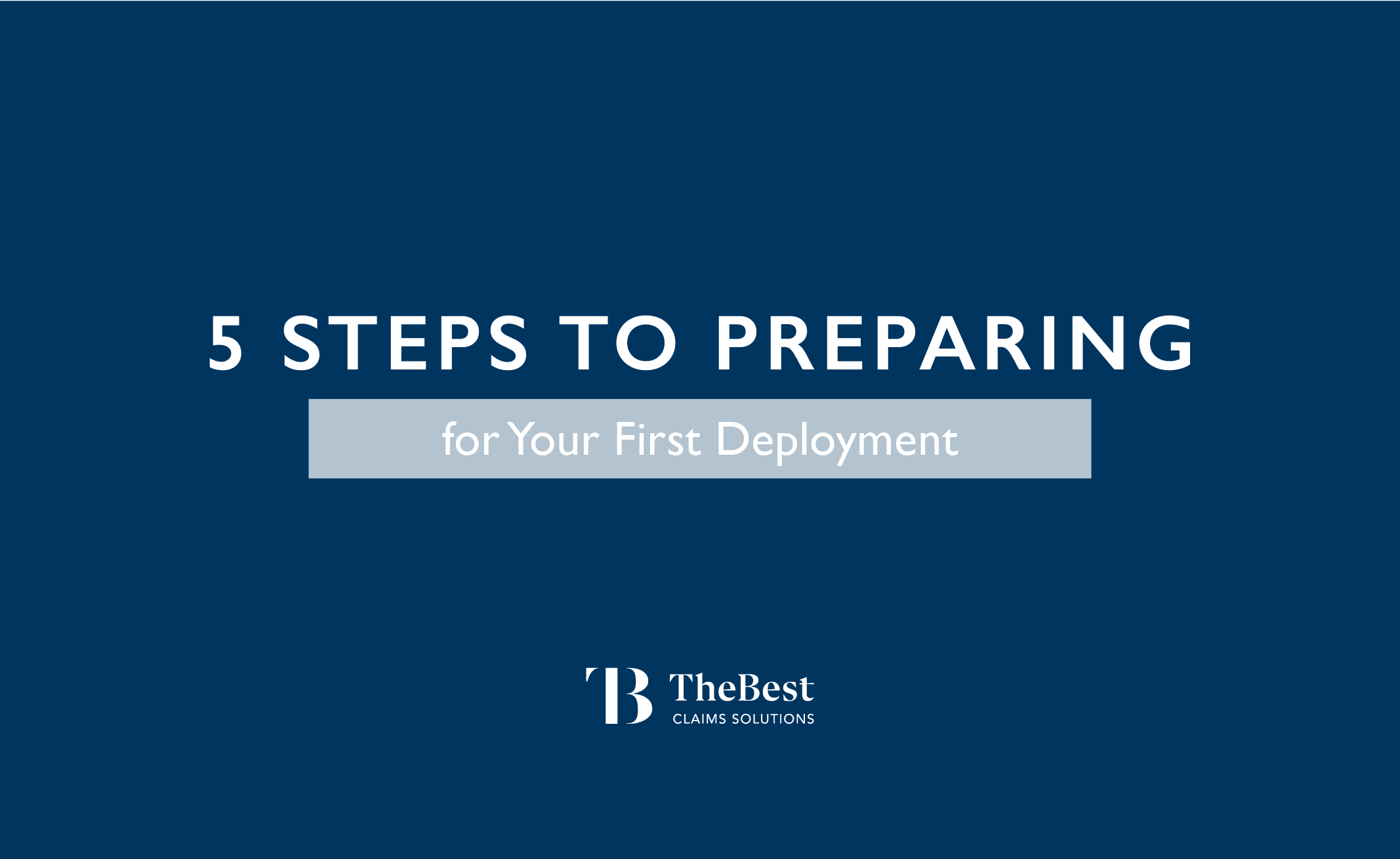Embarking on your first deployment as an independent claims adjuster can be both exciting and daunting. Whether you’re stepping into a post-disaster environment or handling everyday claims, being well-prepared will make all the difference. Here are five key steps to ensure you’re ready to hit the ground running.
1. Pack Your Bags
As an independent adjuster, your gear is crucial to your success. Double-check that you have all the necessary tools for your deployment, including:
- A reliable laptop that is compatible with the Carrier’s preferred claims software
- High-quality digital camera or smartphone for documenting damages
- Extra batteries, chargers, and memory cards
- Measuring tools like a laser distance meter or measuring tape
Pro tip: you can check out our full CAT Season must-haves here.
2. Ensure Your Licenses are Up to Date
Like any good traveler, you will want to make sure all your necessary documents are in order, including your license. You don’t want to end up on an assignment with an invalid or expired license – they’ll just send you home.
Each state has its own requirements for licensing, so make sure you have the following covered:
Check licensing requirements
Review the licensing requirements for your deployment area. Ensure that your resident license is up to date in the event you need to obtain additional license(s). This includes any upcoming CE’s that may be due and/or the renewal of your resident license.
Renew any expiring licenses
Ensure all your licenses are active and up-to-date. It’s also a good idea to have copies of your licenses on-hand, both digitally and physically, in case they need to be presented. Head to the NIPR app to obtain digital copies of your licenses, or visit their website here.
Get emergency adjuster licenses if needed
In times of disaster, some states issue emergency adjuster licenses to expedite the deployment of adjusters to catastrophe areas.
Need licensing assistance? You can contact our compliance team at [email protected].
3. Understand the Deployment Area
Being informed about the geographic area you’re being deployed to can help you anticipate potential challenges. Be sure to research the following beforehand:
- Weather conditions: If you’re being sent to a storm-affected area, understand what weather hazards remain.
- Local laws and regulations: Each state may have different rules regarding claims handling and insurance policies.
Also, familiarize yourself with routes, lodging, and office locations to avoid logistical hiccups when you arrive.
4. Get Your Finances in Order
Deployments can last anywhere from a few weeks to several months and often involve travel to areas far from home. Here are some key things to budget for while on deployment:
- Upfront costs such as travel, lodging, meals, and equipment. You will likely need to pay for these expenses out-of-pocket until you start receiving payment for your work (this could take anywhere from 2-4 weeks, depending on the assignment).
- Ensure any personal responsibilities, such as household bills, childcare, or other monetary duties, are taken care of while you’re gone. Having a plan in place will allow you to focus fully on the job at hand.
- Our experts recommend that all IAs have an additional $2,000 accessible in case of emergencies and unexpected expenses.
Pro tip: keep some of your money in cash. Some locations, especially those that have recently undergone a disaster, may be unable to accept cards or digital payment methods.
5. Communication is Key
Want to know every adjuster’s secret to success? Effective communication. Clear communication with your carrier, team members, and policyholders is essential and can often be the difference between you getting another assignment. Keep everyone updated on your progress and be transparent about timelines and expectations.
Being accessible and responsive will set you apart as a dependable adjuster, ensuring that both your deployment and future assignments go smoothly.
Ready to take this CAT season by storm? Sign-up for our roster so you don’t miss our next deployment opportunities.



